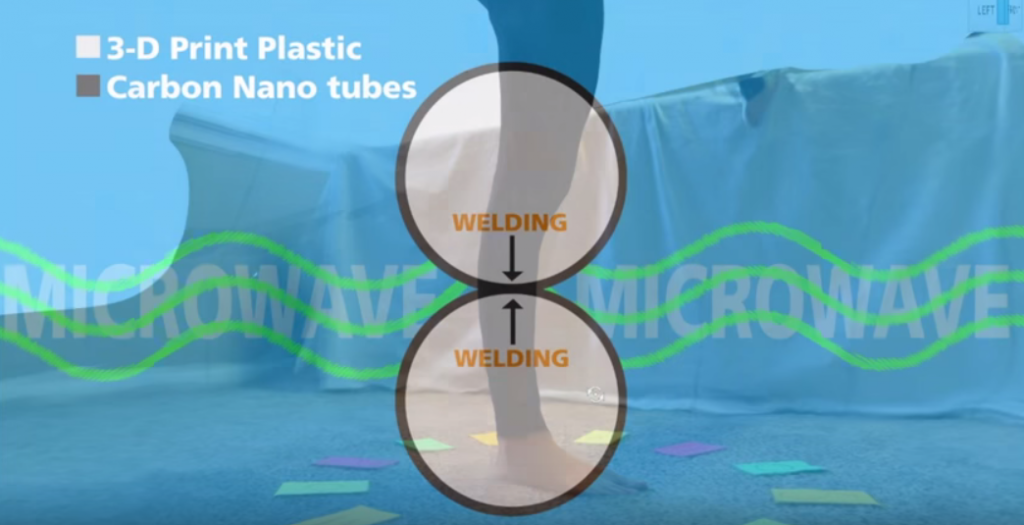TriFusion Devices, winners of the Rice Business Plan Competition (RBPC) and manufacturers of custom 3D printed prosthetic devices, rang the NASDAQ opening bell earlier today.
This morning in New York, Blake Teipel, TriFusion Devices’ CEO, joined Brad Burke from the Rice Alliance for Technology and Entrepreneurship to announce the opening of the tech focused stock exchange for the first day of the week. Commenting on the event the CEO said,
We are grateful for the support, guidance, and encouragement that we’ve received from the Texas A&M University and Rice University programs. The experience and coaching we have received as we’ve launched our venture have proven immensely valuable to our success.
Texas based TriFusion Devices beat 41 rival companies to take the RBPC prize earlier this year in April. The young company aims to revolutionize “the health care and sports-equipment industries in powerful and profitable ways” by using 3D printing to create tailored solutions for “amputees and prosthetists”.

The Super Bowl of Business Plan Competitions
In the U.S. alone, approximately two million people manage with the loss of a limb: a group currently growing at a rate of 185,000 each year.
TriFusion Devices emerged as the 2016 RBPC winner after review by 275 judges and was awarded prizes and cash valued at approximately $400,000. The total prize pool for this year’s competition was reported at over $1.7 million.
Now in its 16th year, the RBPC is regarded by many as one of the most eminent startup competitions for students. Previous winners include startups focusing on diagnostic devices for cancer and a company working on the next generation of lithium-ion batteries. FORTUNE magazine describes the RBPC as, “the Super Bowl and World Series of business plan competitions.”
Made in Texas
TriFusion Devices’ CEO Teipel is currently a PhD candidate in the Materials Science and Engineering department at Texas A&M University. He has also worked with industrial equipment manufacturers, John Deere and Caterpillar. Prior to winning the RBPC prize he worked as an intern with NASA.
Working with another Texas A&M PhD candidate, Brandon Sweeney, CTO, Teipel’s company aim to simplify the process for making a customized prosthetic medical device.
Traditional methods of manufacturing such devices can involve multiple visits to a specialist, a process that can be uncomfortable or even highly stressful for the recipient of the medical device.

3D Printing Cuts Time and Costs
Despite the fact that “the average prosthetic leg costs about $30,000 and takes several weeks to make” the medical device is likely to wear out within 5 years according to Teipel. The CEO’s vision is to cut both time and cost from this process. By using their 3D scanning technology the company claim it is possible to go “from scan to device in less than 48 hours.”
TriFusion do this by using a carbon nano tube (CNT) coated 3D printing filament and a novel technique that uses microwaves to weld the 3D printed layers of together. This increases the strength and durability of the resulting prosthetic.

Read more about advances using 3D printing and prosthetics here.



